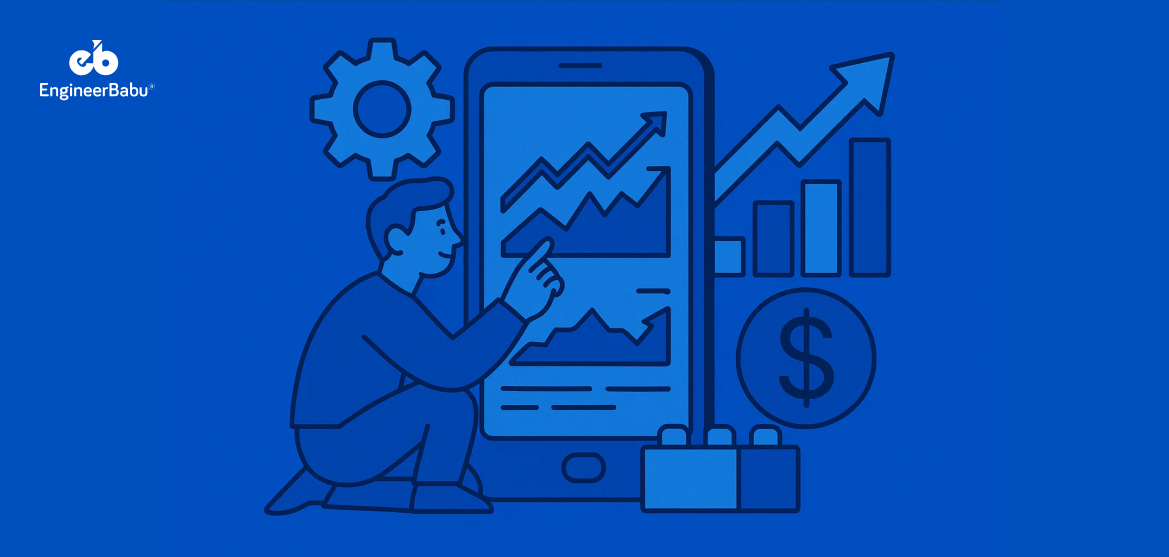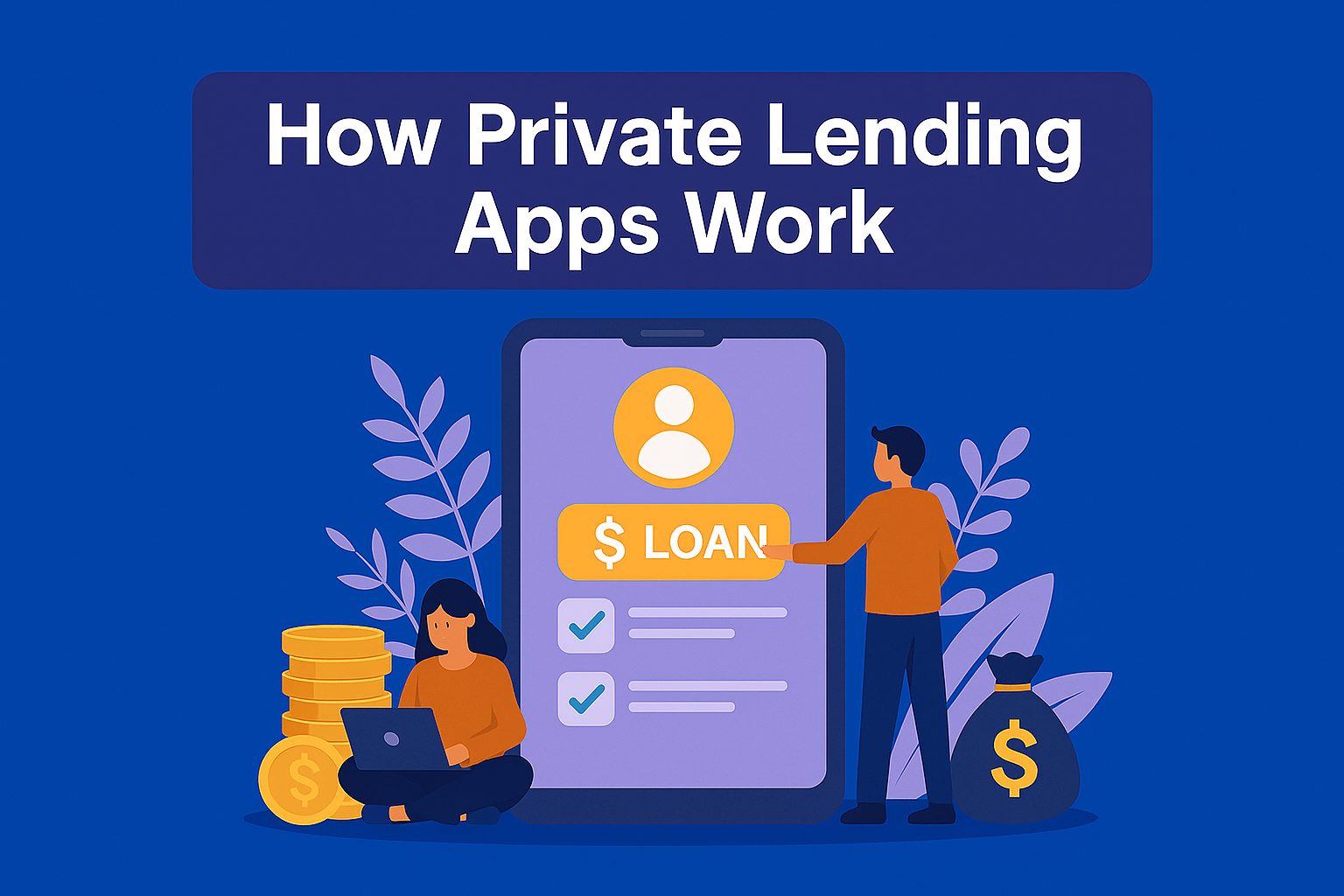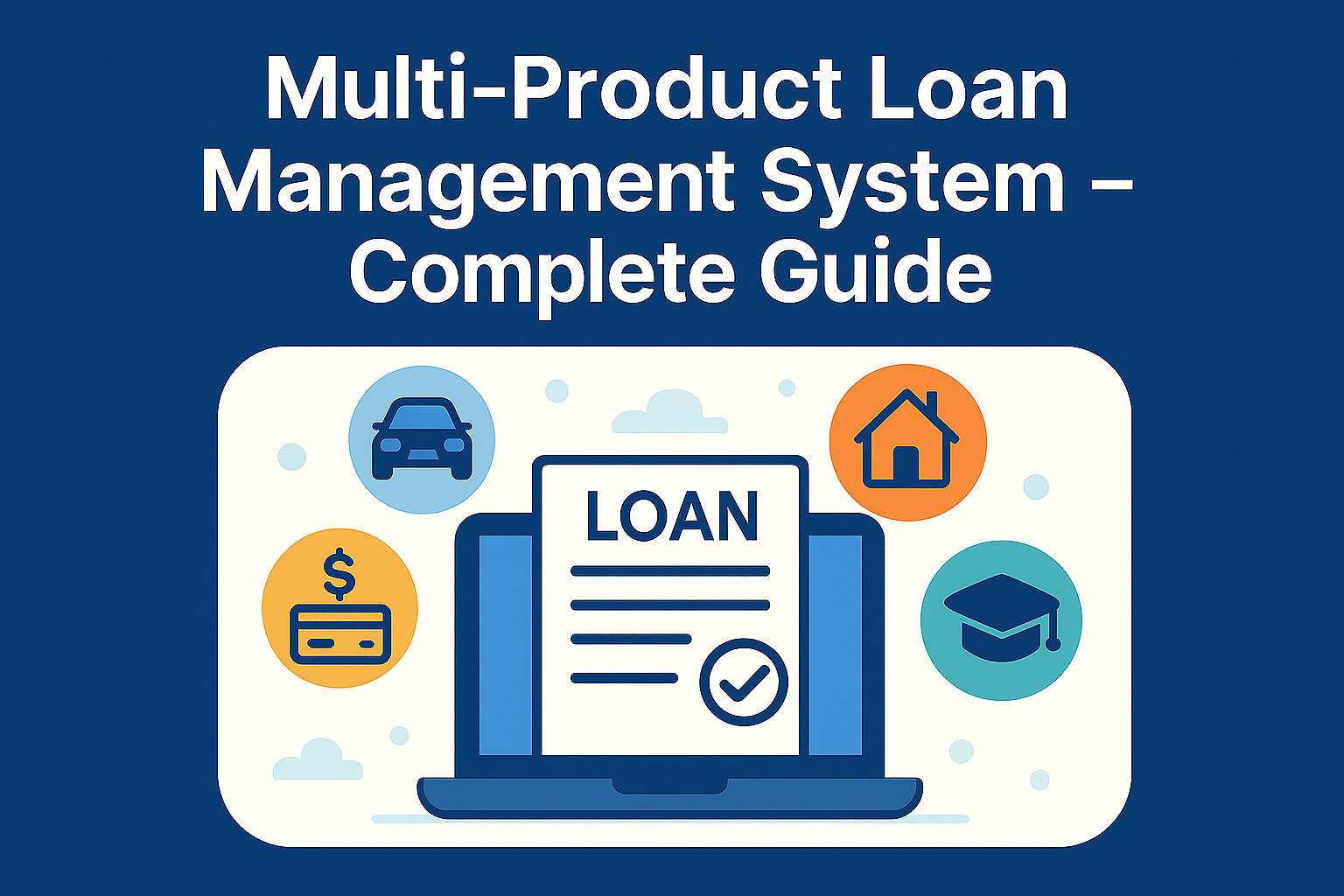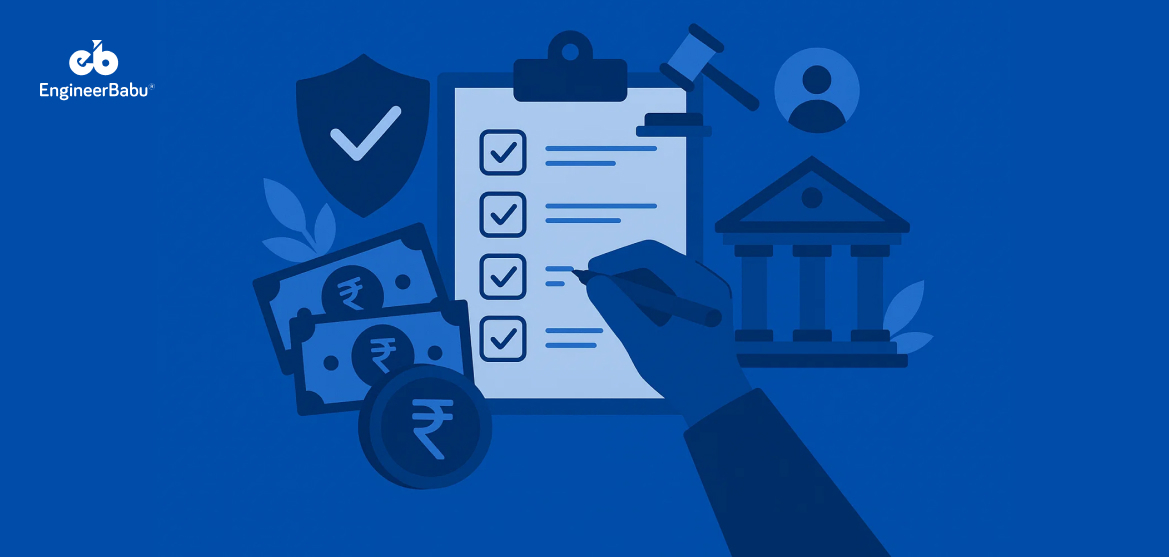In 2024, over 130 million people used stock trading apps, not just to buy shares of Apple or Tesla, but to build portfolios, track markets in real time, and learn investing from scratch. Platforms like Robinhood, Zerodha, and eToro have made trading accessible, mobile-first, and commission-free.
If you’re thinking of building a stock trading app, you’re not just following a trend. You’re entering a competitive space where milliseconds matter, regulations are strict, and trust is everything. This isn’t a simple app build. You’ll need real-time market data, strong security, seamless user experience, and full compliance with financial regulations before your first user places a trade.
In this guide, we’ll walk through the entire process of creating a stock trading app that is fast, secure, and scalable.
Steps to Build a Stock Trading App
1. Market Research & Regulatory Planning
Before you write a single line of code, you need to understand exactly who you’re building for and what legal walls you’ll be working within.
Know Your Users
Stock trading apps attract different types of users. Some are complete beginners who want a clean, educational interface. Others are day traders who care about real-time charts, advanced order types, and low latency. Then there are long-term investors who want features like SIPs, dividend tracking, or automated portfolio rebalancing.
Understanding user intent will shape your feature set, UI/UX, and even the tone of your app. A product for first-time investors needs onboarding flows, glossary tooltips, and simplified language. A product for active traders needs depth: candlestick charts, real-time data feeds, and high-speed execution.
Study the Competition
Apps like Robinhood, eToro, Zerodha, and Webull offer great case studies. Robinhood popularized zero-commission trades and gamified investing. Zerodha built trust in India with its low-cost model and powerful charting tool, Kite. eToro leans into social investing.
What’s missing in these apps? Reddit and Twitter users often complain about delayed data, app crashes during market hours, and limited customer support. These are gaps you can aim to close.
Understand the Regulatory Landscape
This is where many startups get tripped up. Stock trading apps deal with sensitive data, real money, and regulated financial markets. The rules differ based on where your users are located and which assets you’re supporting.
Here are a few core compliance areas to cover:
- KYC (Know Your Customer): You must verify the identity of your users. This typically includes ID document uploads, address verification, and sometimes video KYC.
- AML (Anti-Money Laundering): You’ll need systems in place to flag suspicious behavior, like large, unusual trades or patterns that indicate fraud.
- Licensing: You may need to register as a broker-dealer or partner with one. For example, in the US, FINRA and the SEC require registration. In India, it’s SEBI. In the EU, MiFID II rules apply.
- Data Protection: If you’re handling users in Europe, GDPR compliance is mandatory. In California, it’s the CCPA. Wherever you launch, privacy laws apply.
It’s smart to partner early with legal advisors who specialize in fintech or trading compliance. Alternatively, you can integrate with brokerage-as-a-service platforms like Alpaca, DriveWealth, or Bambu, which handle much of the regulatory burden.
2. Defining Scope & Core Features
Once your market and compliance groundwork is in place, the next step is to define what your app will actually do and just as importantly, what it won’t. Jumping into development without a clear feature roadmap is one of the fastest ways to burn time and budget.
Start with an MVP, Not a Full Trading Suite
Your first version doesn’t need every bell and whistle. In fact, trying to match all the features of an app like Robinhood out of the gate is a guaranteed bottleneck. Start with a Minimum Viable Product (MVP) that solves the core need: placing trades safely and efficiently.
Here’s what a solid MVP includes:
- User onboarding with KYC
- Real-time market data (even if it’s delayed by 15 minutes for non-paying users)
- Searchable stock list and watchlist
- Buy/sell order execution
- Portfolio dashboard with current holdings
- Push notifications for trades and market events
- Basic settings and security features like two-factor authentication
This base lets you test performance, gather user feedback, and validate product-market fit without overcommitting upfront.
Plan for Advanced Features in Later Versions
Once the MVP proves itself, you can expand the app’s capabilities based on real usage data and market demands.
Popular next-phase features include:
- Advanced charting tools (candlestick, RSI, Bollinger Bands).
- Multiple order types (limit, stop, bracket orders).
- Robo-advisory integrations for passive investors.
- In-app market news and sentiment analysis.
- Social trading (follow top investors or view community trades).
- Options or crypto trading if allowed under your regulatory model.
- Tax reporting tools and automated capital gains tracking.
If you’re targeting a niche, for example, Indian first-time investors or U.S. day traders, your feature priorities may shift. What matters is building a roadmap that grows with your users rather than overwhelming them on day one.
Don’t Overlook the Backend Features
It’s easy to focus only on the user-facing parts, but some of the most critical features happen behind the scenes:
- Trade execution logic
- Data syncing with brokerage APIs
- Error handling for failed transactions
- Latency monitoring
- Secure logging and audit trails
The performance and reliability of these backend systems are what separate a real trading app from a finance-themed toy.
3. Tech Stack & Architecture Design
Building a stock trading app requires a tech stack that delivers speed, security, and reliability. This is not a basic mobile app. You’re dealing with live market data, financial transactions, and real-time user interactions, all of which must perform flawlessly under pressure. Here’s how to approach the architecture at each level.
Front-End
Most users will trade on mobile, so mobile-first development should be your priority. Frameworks like React Native or Flutter allow for cross-platform development, helping you launch on iOS and Android with a shared codebase. However, if your app needs high performance and deep platform integration, native development using Swift or Kotlin is a better choice.
For web dashboards or internal admin tools, React.js offers flexibility and performance. Real-time market updates are non-negotiable. You’ll need to implement WebSockets to ensure prices and order statuses update instantly, without requiring manual refreshes.
Back-End
The backend is the heart of your application. It handles trade execution, account management, transaction processing, and interactions with third-party APIs. If you need quick development with good performance, Node.js is a popular option. For data-heavy operations and cleaner code, Python with Django or FastAPI is ideal.
If you’re targeting low latency and high concurrency, especially during peak market hours, consider Go or Java with Spring Boot. Structuring your app with microservices helps isolate core functions like trading, authentication, and user notifications. This makes it easier to scale and maintain as your app grows.
Database & Caching
Financial apps require strict accuracy and data integrity. Use PostgreSQL or MySQL for structured transactional data. These databases are well-suited for logging trades, user actions, and compliance data.
For frequently accessed information like market prices or user sessions, use Redis as a caching layer. It helps reduce server load and improves speed. While MongoDB can be used for more flexible, non-critical data, it is generally not recommended for storing core financial records.
4. UI/UX Design Principles
Design is more than aesthetics in a stock trading app. It directly affects user trust, speed, and decision-making. When real money is involved, even a moment of confusion can result in a missed opportunity or a lost user.
A clean, intuitive interface is essential. Prioritize core actions like “Buy” and “Sell,” minimize visual clutter, and guide users to key information using clear visual hierarchy. Real-time responsiveness is critical. Price updates, order statuses, and confirmations should appear instantly without requiring the user to refresh or wait.
Effective onboarding also plays a key role, especially for new investors. Use simple explanations, walkthroughs, and guided KYC steps to help users get started with confidence.
Trust should be built into the interface through consistent interactions, biometric login options, visible security cues, and clear compliance messaging. Design for accessibility and optimize for various devices so your app delivers a seamless experience across screens.
5. Development Process & Timeline
Once the planning and design phases are complete, development begins — and this stage needs to be tightly managed. Stock trading apps are complex by nature, and without a clear roadmap, costs can balloon and deadlines slip. A well-structured development process helps ensure the app is not only functional but also secure, scalable, and compliant.
Phase 1: Planning and Technical Architecture (1–2 Weeks)
This stage sets the foundation for everything that follows. Developers and product managers work together to finalize the tech stack, system architecture, third-party APIs, and data flow diagrams. If you’re integrating a broker API like Alpaca or Zerodha, this is where you define those requirements and limitations.
At this point, you should also establish your compliance strategy, including KYC/AML processes and data storage requirements.
Phase 2: Backend and Frontend Setup (2–4 Weeks)
Development begins with setting up the project structure, integrating core libraries, and configuring the CI/CD pipeline. The backend team works on authentication, user management, and database models, while the frontend team implements the first screens — typically onboarding and dashboard UI.
Basic security protocols (SSL, token-based auth, encryption) are also implemented here to lay a secure foundation.
Phase 3: Core Feature Development (4–8 Weeks)
This is where the core functionality of the app is built. Backend engineers focus on trading logic, account funding, KYC integration, and API communication with the brokerage partner. Meanwhile, frontend developers integrate market data feeds, implement the buy/sell interface, watchlists, and portfolio tracking screens.
Real-time features like WebSockets for live stock prices and order statuses are also implemented in this stage.
Phase 4: QA, Testing, and Bug Fixes (2–3 Weeks)
Before launch, the app goes through rigorous testing. This includes:
- Functional testing (all features work as expected)
- Load testing (can the app handle market volatility?)
- Security testing (is data encrypted and protected?)
- Device testing (does it work well across devices and OS versions?)
Real-world scenarios, such as volatile price updates or failed transactions, are simulated to ensure the app can handle edge cases gracefully.
Phase 5: Beta Release and Feedback Loop (1–2 Weeks)
A closed beta with selected users gives you valuable insights before going live. This phase helps identify usability issues, edge-case bugs, or performance bottlenecks that were missed during internal testing. Feedback is collected, prioritized, and addressed quickly.
Phase 6: Launch and Post-Launch Monitoring (Ongoing)
After launch, the work doesn’t stop. Live monitoring tools are put in place to track server performance, order success rates, app crashes, and user activity. A dedicated support and dev-ops team should be ready to respond to incidents immediately, especially during market hours.
You’ll also start collecting feature requests, complaints, and enhancement ideas — which feed into the next version of your app.
Why Choosing the Right Development Partner Matters
Developing a trading app goes far beyond building user interfaces and writing backend logic. You’re dealing with real-time data streams, strict compliance protocols, secure transaction handling, and integration with brokerage APIs — all of which require deep fintech expertise.
That’s why many startups and financial brands choose to hire fintech developers rather than rely on generalist teams. Experienced fintech developers bring critical knowledge of regulatory frameworks, KYC/AML workflows, market data infrastructure, and secure architecture, reducing the risk of costly rework or compliance issues later.
Conclusion
If you’re planning to build a stock trading app, know this: it’s not just another app project. You’re creating something that needs to handle real-time data, strict compliance checks, and the trust of users putting their money on the line.
This is where strong technical architecture, thoughtful UX, and deep fintech experience come together. From choosing the right APIs to designing a smooth onboarding flow, every decision matters.
Whether you’re starting with an MVP or scaling a full-featured trading platform, working with people who’ve already built in this space can save you time, avoid costly missteps, and get you to market with confidence.
FAQs
1. How long does it take to build a stock trading app?
It typically takes between 4 to 6 months to build a stock trading app with essential features like real-time data, secure user accounts, KYC verification, and trade execution. Timelines vary depending on scope and integrations.
2. Can I launch a trading app without being a licensed broker?
Yes, but only if you partner with a licensed brokerage firm and integrate their API. This lets you offer trading features while staying compliant. You’ll still need to handle KYC and data security properly.
3. What’s the best tech stack to build a stock trading app?
It depends on your goals. Most apps use a combination of React Native or Flutter for mobile, Node.js or Python on the backend, WebSockets for live updates, and broker APIs like Alpaca or Zerodha for trade execution.
4. How do I make sure the app meets legal and compliance requirements?
You’ll need to integrate KYC/AML checks, follow data protection laws (like GDPR or SOC 2), and work with a legal advisor familiar with fintech. This is where hiring experienced fintech developers really helps.
5. Does EngineerBabu offer fintech app development services?
Yes, EngineerBabu has worked with several startups and enterprises in the fintech space to build trading platforms, payment apps, wealth management tools, and more. Our team understands the technical and regulatory demands of the industry and can help you build a stock trading app that’s secure, scalable, and ready for the market.




